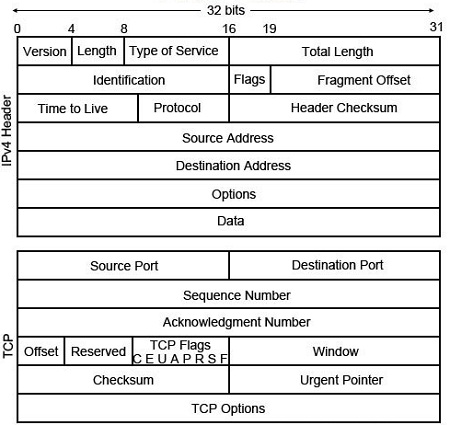A packet is the unit of data that is routed between an origin of computer or device to another on the Internet or any other packet-switched network. When any file (e-mail message, HTML file, Graphics Interchange Format file, Uniform Resource Locator request, and so forth) is sent from one place of network to another place of network on the Internet, the Transmission Control Protocol (TCP) layer of TCP/IP of network.
We’ll be covering the following topics in this tutorial:
What is in a packet?
Divides the file into “chunks” of an efficient size for routing. Each of these packets is separately numbered, data size, and other useful information and includes the Internet address of the destination. The individual packets for a given file may travel different routes through the Internet. When they have all arrived, they are reassembled into the original file (by the TCP layer at the receiving end).
A packet-switching scheme is an efficient way to handle transmissions on a connectionless networking such as the Internet. An alternative scheme, circuit-switched, is used for networks allocated for voice connections. In circuit-switching, lines in the network are shared among many users as with packet-switching, but each connection requires the dedication of a particular path for the duration of the connection.
“Packet” and “datagram” are similar in meaning. A protocol similar to TCP, the User Datagram Protocol (UDP) uses the term datagram.
Structure of a Data Packet

The structure of a Data Packet depends on the protocol it used. The header section of packet keeps overhead information, the service, and other transmission related data.
• Source address: which is the IP address of sender.
• Destination address: which is the IP address of recipient.
• Sequence number: A packet number that puts in order such that when they are reassembled on the destination.
 Dinesh Thakur holds an B.C.A, MCDBA, MCSD certifications. Dinesh authors the hugely popular
Dinesh Thakur holds an B.C.A, MCDBA, MCSD certifications. Dinesh authors the hugely popular